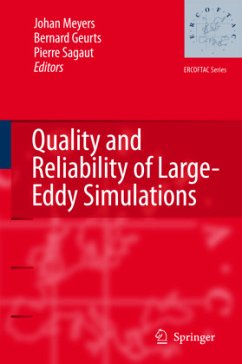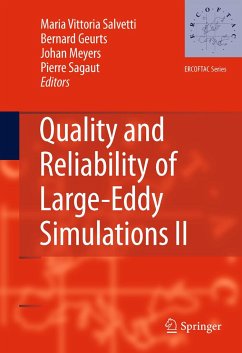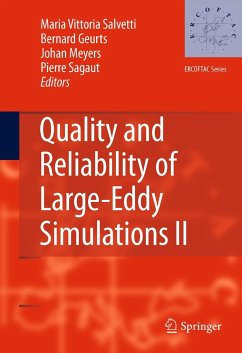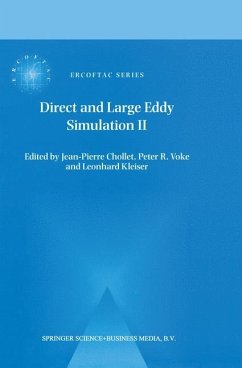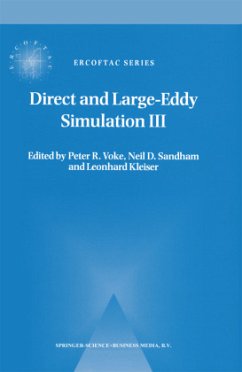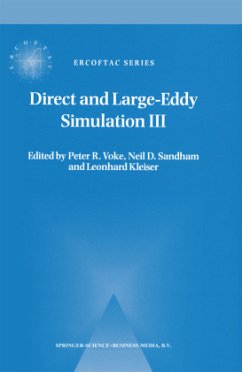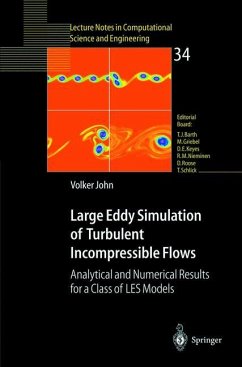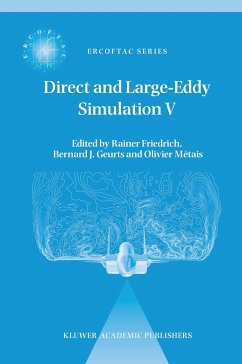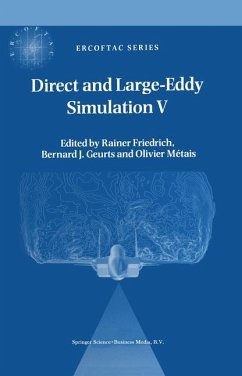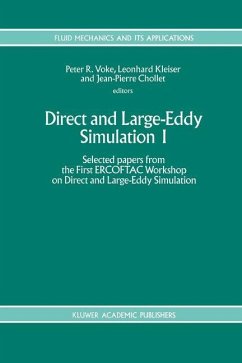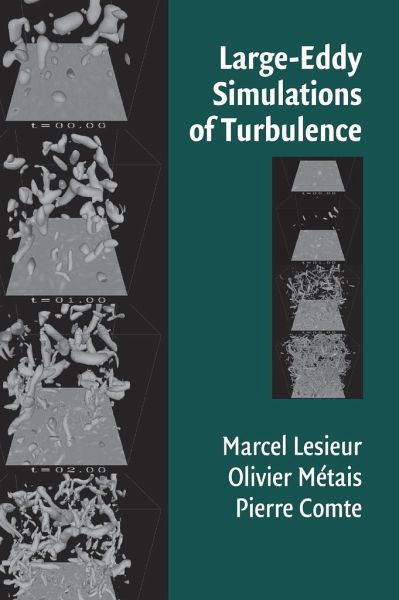
Large-Eddy Simulations of Turbulence

PAYBACK Punkte
72 °P sammeln!
Large-Eddy Simulations of Turbulence is an ideal introduction and reference to LES, direct numerical simulation and Reynolds-averaged Navier-Stokes simulation. The text features a detailed discussion of vorticity, pressure, and the velocity gradient tensor, and an in-depth discussion of spectral subgrid-scale modeling. These spectral models give insight into the requirements and limitations in subgrid-scale modeling and backscattering. The text also features a discussion of large-eddy simulation of compressible flows previously only available scattered throughout the literature and of interest...
Large-Eddy Simulations of Turbulence is an ideal introduction and reference to LES, direct numerical simulation and Reynolds-averaged Navier-Stokes simulation. The text features a detailed discussion of vorticity, pressure, and the velocity gradient tensor, and an in-depth discussion of spectral subgrid-scale modeling. These spectral models give insight into the requirements and limitations in subgrid-scale modeling and backscattering. The text also features a discussion of large-eddy simulation of compressible flows previously only available scattered throughout the literature and of interest to those dealing with supersonic flows, combustion, astrophysics, and related topics.





